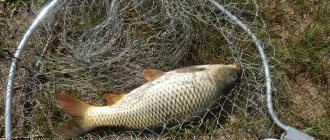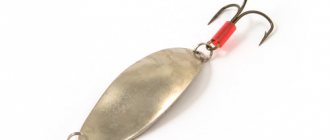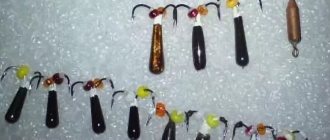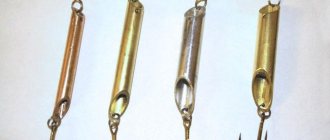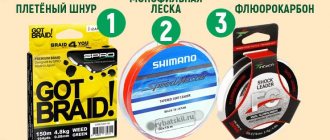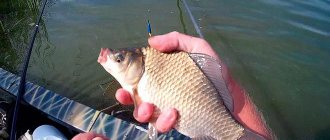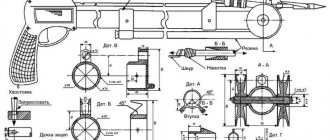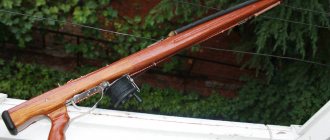The effectiveness of fishing with bottom gear largely depends on the correct choice of place on the reservoir, but catchable bait and equipment are still more important. First of all, this concerns the selection of montages, and the makushatnik is probably considered the best.
It is not difficult to make a makushatnik with your own hands, and this installation is effectively used primarily when catching crucian carp. Some fishermen believe that makushatnik works best on carp or carp, but this statement is incorrect, and for objective reasons.
When the makha soaks in the water, small particles are released that attract fish. The crucian carp “sucks” the dusty bait and sucks in the hook along with it. Carp and carp feed somewhat differently and would rather swallow the entire briquette at one time than suck it like crucian carp. This also applies to small carp or medium-sized carp, which have a large mouth capable of swallowing the entire cube of the offered top. So, the makushatnik is a tackle recommended for catching crucian carp, but at the same time, carp or carp are caught in the bycatch, and quite often.
Not only fishermen or those involved in the production of sunflower oil know what makha, or sunflower cake, is. But fishing enthusiasts are well aware that makha is a favorite delicacy of the inhabitants of the bottom layers and the smell of this bait attracts fish even from distant parts of the reservoir. This does not mean at all that it is enough to throw a piece of flour into the water and all the trophy fish in the river or lake will gather on it, but using pressed cake as bait it is easier to attract fish to a given point and provoke it to bite.
What is a makushatnik
A makushatnik is a bottom equipment, the main element of which is a briquette of pressed makushat.
The makushatnik consists of:
- sinkers;
- 3–4 leashes with hooks;
- ledcor or fishing line to which the load is tied.
Strictly speaking, this is not sports gear and is used only for amateur fishing, because it is believed that multi-hook rigs are unsafe for fish. Sports fishermen, as you know, fish according to the “catch and release” principle and care about the safety of the fish, which is why they only have one hook in their rigs.
In this article we will tell you how to make a fish-harmful fish trap; its use will ensure the safety of the caught trophies and protect them from injury when fishing or biting. The obligatory elements of installation are a sinker and a briquette of top, but for the rest, creativity is allowed, the main thing is that the tackle turns out to be catchy.
Photo of the makushatnik
Read here Kukan with your own hands - a step-by-step description of how to make a reliable and inexpensive kukan (110 photos and videos)
Help the project, share on social networks 
0
Principle of operation
The principle of operation of the makushatnik is based on the fact that a tightly compressed briquette of makushat, falling to the bottom of the reservoir, gradually gets wet, as a result of which small particles are released that visually attract fish.
The strong smell of roasted sunflower is the second attracting factor, and thanks to their excellent sense of smell, both carp and crucian carp seek and find its source.
Having found the top, the fish begins to suck up particles of food and together with them a hook with or without a nozzle enters the mouth. Yes, yes, yes, this is not surprising, because when assembling the crown, it is not necessary to put a nozzle on the hooks; their sting is stuck into the briquette of the crown.
The waiting time for a bite depends on how tightly the top is compressed and how quickly “dust” and pieces of food begin to be released.
There are situations when a bite occurs 5-10 minutes after casting the tackle, and this means that the fisherman managed to throw the top of the fish right “under the nose” of the fish. But still, more often than not, you have to wait more than 10 minutes for a bite from crucian carp or crucian carp, so fishermen use several rods equipped with macho rods.
Thus, the chances of a fish biting increase, and the fishing itself is more dynamic, because the rods have to be re-cast.
When and where is it better to fish with a makushatnik?
Before you start fishing, it is advisable to determine how long it will take for a block of makukha to completely dissolve, in order to know when to re-cast the fishing rods if there is no bite.
As practice shows, fish bite on the top of the pond more often at night or early in the morning, when the reservoirs remain quiet and the fish come closer to the shore in order to find food.
But even in the daytime, catching crucian carp or crucian carp on top is possible and therefore the tackle is very popular among amateur fishermen.
The great advantage of the makushatnik is that it can be used for fishing both in currents and in still water, and good results are possible in both cases.
The only difference is that when fishing in the current, a heavy load is selected and the tackle is re-thrown more often, because the top gets washed away faster. This is another argument in favor of experimenting with bait and understanding how quickly it is washed away by water in a particular body of water.
Experiments are also carried out during fishing; for this purpose, the tackle is reeled out every hour, even if there is no bite.
Visual inspection helps determine how much more time is needed for complete dissolution. After the top is washed away with water, a new briquette is placed and fishing continues.
The average dissolution time is 1–3 hours, so fishing with a makushatnik also allows you to save on bait and bait, and this is an important factor for many fishermen these days.
The fishing distance varies depending on the characteristics of the reservoir, the presence of edges and holes in which fish accumulate. So, despite the fact that fishing on the top of the river is not sporty, studying the bottom topography using a marker or echo sounder helps you find and catch fish faster.
The makushatnik is used for fishing at distances of 50–80 meters from the shore, but it also shows good results on the near edges, the main thing is that there are fish there. The equipment is catchable in reservoirs of any type and attracts all the fish feeding in the bottom layers.
How to make a makushatnik with your own hands
In order to make a makushatnik with your own hands, you should prepare the following elements:
- Cake. The top of the head must meet the following criteria: If the top is purchased, then it should only be in round circles, the thickness of which will be no more than six centimeters;
- It is believed that purchased makha is not very suitable for using it specifically for this purpose, so if you have the opportunity to make it yourself using a home press, then it is better to do just that.
- The top should be very hard and not crumble at the slightest pressure on it, because when it ends up in the water, it will get wet very quickly and will not give the desired effect. When buying makukha, you should definitely check this.
- Smell. The aroma from the circles with toppings should not be bitter or too rich. It should be pleasant and slightly reminiscent of sunflower oil;
- Surface of a circle. One of its sides should be a little shiny and smooth from the press;
- Taste. It should look like hard halva.
- If the flour has a bitter taste, but at the same time smells like fresh sunflower oil, then you should not buy it, since such fraud is often done by dishonest sellers who want to sell a product that has been stale for a long time;
- You should not buy several rounds of flour at once, as it will quickly spoil and become stale. For several makushatniks, two circles will be enough.
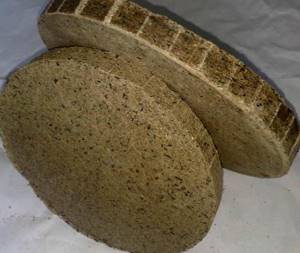
- Small weight. It can be of different shapes and they should be selected depending on the strength of the current of the reservoir. For strong currents, horseshoe-shaped weights should be used, and for weak currents, a washer or dousing should be used. As for the weight of the weight, for a strong current you should use a weight with a mass of about one hundred grams, and for a weak current a fifty-gram weight will be enough.

- Clasp for securing leashes. They also come in different shapes, but you can use any fasteners, the main thing is that they firmly hold the corn cake on the installation and attach leashes with hooks.
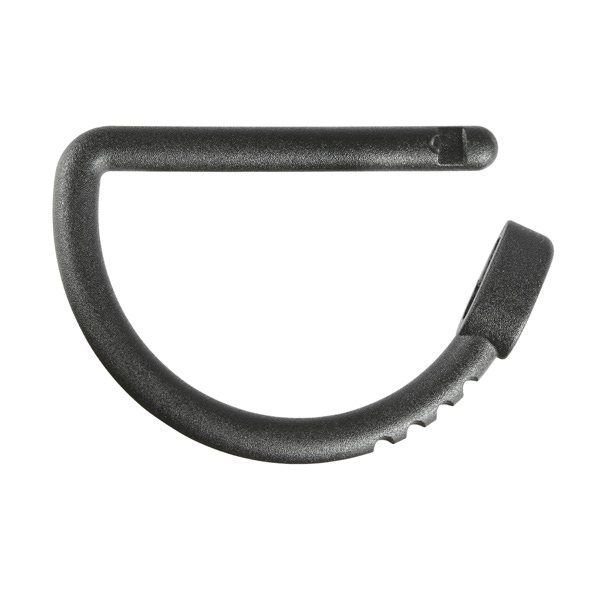
- Fishing line. It is best to use monofilament with a diameter of 0.5 mm. It is also important that the fishing line is of high quality and can withstand a good load. The length of the fishing line must be at least one hundred meters.
- A fishing rod with a length of three and a half meters and one hundred grams of dough.
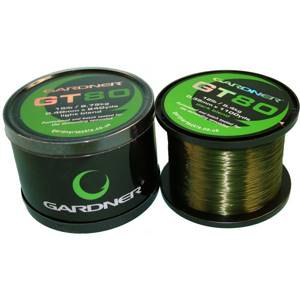
- Reliable spinning reel with built-in friction brake and baitrunner system. The reel spool should be 3500-4000.
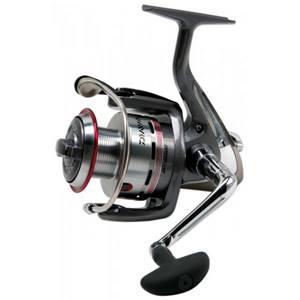
- Leashes, made of braided wire with a diameter of 0.17 mm and a length of six centimeters.
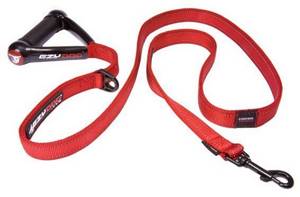
- Hooks No. 6.

- Small bead.
How and from what to make a makushatnik
The popularity of the equipment among fishermen in different regions is the reason that it is widely represented in retail chains. Many fishermen prefer to knit rigs and rigs with their own hands, but if there is no such desire, go to the store and buy a ready-made rig.
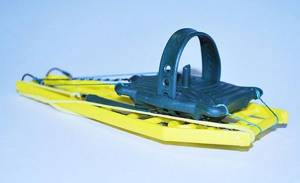
We will recommend and help you figure out how to tie the equipment correctly, how to “charge” it with dust and what to do to increase catchability. Even the length of the leash or leashes on the top of the head plays an important role, and it is more difficult to modify store-made equipment than to tie it yourself, taking into account your own ideas and requirements.
So, to make a sinker you will need a sinker, the weight of which is selected depending on the fishing location. For example, for fishing in the current you will need a load weighing 100-120 grams, it all depends on how fast the water flow is in the reservoir.
The charged dowel should lie on the bottom at one point and not move under the pressure of water. In this case, the fish is not afraid, it calmly approaches and feeds on the washed-out pieces of cake until it is hooked by a hook or hooks.
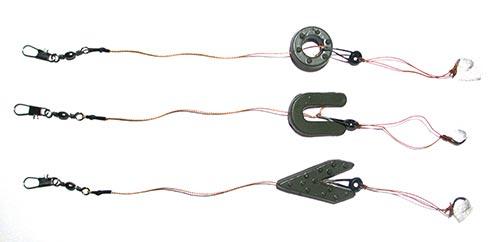
To ensure a stable position, a flat oval or horseshoe-shaped sinker is selected. A longitudinal through hole is made in the central part of the load for pulling icecore or fishing line, which in turn are attached to the base.
After threading the ledcore, a knot is made at the end to secure the load, and on the other side there is a loop for attaching to the base. Three or four transverse holes are drilled in the corners of the load for tying leashes.
The makukha briquette is attached to the load using rubber bands. The easiest way is to cut rubber bands of the required thickness from an old bicycle inner tube. The thickness of the rubber bands should be sufficient to firmly fasten a piece of makukha, because the tackle is cast over long distances and at the same time it is necessary that, when it hits the bottom, the bait remains in the correct position.
Leashes for the briquette are knitted from soft leash material, and their length is 5-7 cm. Long leashes are inconvenient, since the hooks should always be located next to the briquette.
Hooks should be inconspicuous, strong and lightweight so that they can easily get into the fish’s mouth at the moment when it feeds on the top of the fish. The hook size varies in the range of 6-10 number according to the European classification, this is enough to catch fish weighing up to 10 kg.
The hooks are chosen to be very sharp, this is an important point, and before casting the condition of the sting is checked. Do not skimp on the quality of the hooks, because it is necessary for the fish to self-hook, and a dull sting becomes the cause of annoying escapes.
When installing a briquette, the hooks are tied at the corners of the sinker; if it is oval, then opposite the corners of the briquette tied to the weight.
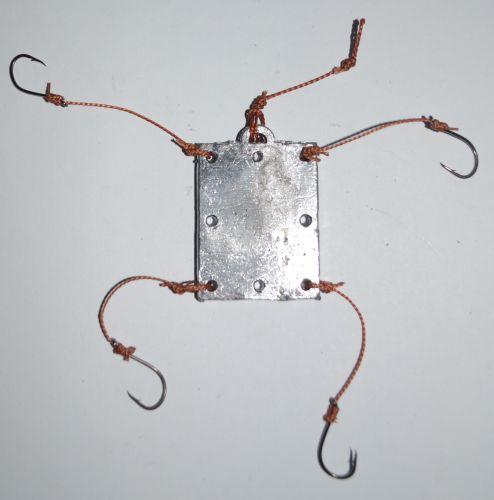
Thin holes are drilled in the corners of the crown, and before casting, the hooks are secured in them. It turns out that at the moment of casting, when the briquette of the briquette is dry and dense, the hooks are firmly held and do not fall out of the holes.
In the classic version of the top hook, no attachments are used, because the fish reacts to the top and sucks in the hooks involuntarily, along with the flow of crumbs.
Important! To knit leashes, use only soft leash material or cord. The hook must be in a free state, and the rigidity of the fishing line prevents this.
Making makushatnik
To assemble bottom tackle using makukha, you will need the following components:
- a flat-shaped sinker made of lead material with the size of a matchbox and a thickness of 1 mm;
- wire material;
- 2 elastic bands;
- braided fishing thread with a cross-section of 0.25 mm and a length of 7 cm for knitting a leash;
- 2-4 hooks;
- pressed sunflower cake;
Installation of the top cover, step by step:
- A plate of the required size can be cut from a steel sheet or cast yourself.
- at one end of the steel wire .
- The second sharp end is threaded through two holes in the lead plate.
- After the manipulations have been completed, the sharp end of the wire is also twisted into a ring.
- The plate must be leveled and 2 black rubber bands must be fixed on it; they are threaded under the wire.
- The pressed cake is placed on a metal plate ; the size of the block must correspond to the size of the plate. The crown is secured with rubber bands.
- A swivel, also black, is mounted to one end of the wire , and a leash equipped with 2 to 4 hooks with sharp stings is attached to the other ring. Hooks bent inward must be hidden from the eyes of the fish in the cake (in the corners).
- The carp rig is ready for use ; it needs to be secured to the main line and can be tested on a pond.
Snaps
sliding equipment
To install sliding equipment use:
- a load that has a flat shape and a through opening. Minimum weight of the weight is 50 g;
- fastener made of wire material;
- carp hooks from No. 8;
- leash made of braided fishing line (thickness 0.22 mm and 7 cm in length);
- a piece of poppy seed (size 5 cm);
- a black swivel with a latch, the permissible load weight of which is from 10 kg;
The manufacturing process consists of the following steps:
- Pass 20 cm of fishing line through the load.
- At one end of the fishing thread you need to tie a loop to install the fastener with hooks.
- At the opposite end of the fishing line, a swivel and another fastener are fixed; it is necessary for attaching to the main fishing line.
- Finally, the fastener is installed along with the hooks.
To make equipment with a fixed load, you will need:
- a load of either flat triangular or oval shape;
- monofilament thread with a recommended cross-section of 0.19 mm;
- cord made of nylon material;
- swivel, hooks;
Instructions for making equipment with a fixed load:
- through the cube of pressed cake .
- to one end of the thread , and leashes equipped with sharp hooks are already mounted to it.
- A nylon cord is used to attach the bait to the load.
- The equipment is ready.
Tackle for fishing on the top of the head
For fishing, bottom rods of a plug-in or telescopic design are used. The rod test must correspond to the weight of the casting rig; the angler selects the length based on his own preferences. The main thing is that the rod is comfortable both for casting and for retrieving the trophy.
The choice of reel also depends on what equipment is available. Classic carp or feeder reels with 3500-5000 spools are ideal, but simpler but reliable models are also suitable.
The diameter of the base is 0.25-0.3 mm and it is better if it is a monofilament line. The monofilament has stretchability, and when fishing for a large trophy from a long distance, this factor plays a big role. A thicker line is inconvenient for long-distance casting, and a thinner line does not have the necessary strength.
The installation of the top cover is carried out using the loop-to-loop method. The use of swivels facilitates the process of installing and dismantling the equipment, but when fishing for fish, the swivels cling to aquatic vegetation and cause the equipment to break.
To register a bite, electronic or mechanical alarms are used; again, it all depends on the financial capabilities of the fisherman.
Tooling components
Rod and reel
Taking into account the total weight of the equipment from 50 to 300 g and the possible dynamic loads when playing large fish, it is logical to choose a carp rod with a length of 3.6-4.2 m with a test weight of 3.0-3.75 lbs.
Expert opinion
Knipovich Nikolai Mikhailovich
Zoologist, hydrobiologist. I am interested in fishing at a professional level.
Important! It is difficult to handle a powerful carp rod without skill. Experienced carp fishermen advise starting with a 12-foot rod with a test weight of 1.75-3.0 lbs.
Accordingly, you need to select a reel for the rod.
Size 4000-6000 is suitable for a carp rod.
We can recommend: a spinning carp reel with a baitrunner DAIWA Regal-X 2500BR .
fishing line
To catch active fish of significant weight that create a high dynamic load on the tackle, it is recommended to use monofilament lines with good elongation (nylon) of large diameter 0.3-0.4 mm.
Expert opinion
Knipovich Nikolai Mikhailovich
Zoologist, hydrobiologist. I am interested in fishing at a professional level.
Important! When using heavy sinkers from 150 g, it is advisable to use a leader shock - a fishing line with a diameter larger than the main one by 20-30%, and a length equal to the length of 2 rods.
Undergrowth
A fishing line 0.5 m long with a diameter of 0.4-0.6 mm on which the crown is mounted. Connects to the main line through a loop-to-loop connection or a swivel.
The choice of a large section of undergrowth, in addition to considerations of strength, is due to several reasons:
- rigid, large-section fishing line prevents twisting;
- resistance to abrasion from shell rock and stones increases.
Expert opinion
Knipovich Nikolai Mikhailovich
Zoologist, hydrobiologist. I am interested in fishing at a professional level.
Important! You can make the tackle less noticeable by using leadcore as undergrowth when using a blind rig.
Leashes
The length of the leashes is of fundamental importance, since it determines the priorities of the fisherman, what is more important - the number of fish caught or fishing passion.
Length
A long leash of 15-20 cm. A leash of this length allows a fairly large carp to pass a fishing hook, which it mistakes for garbage, out through the gills.
The hook, of course, is much more reliable than a Chinese button; it will hook the carp by the gills; it will have very little chance of escaping into freedom, but at the same time there is a lot of chance of causing serious damage to the carp when fishing.
A short leash of 5-7 cm will not allow the carp to pass the hook through the gills. The carp is more likely to get caught on the hook by the lip or have time to spit it out. In this case, it is not recommended to be late with hooking, but you shouldn’t rush either - the bite is visible, but the carp did not have time to suck the hook deep enough and it can be easily pulled out of the fish’s mouth.
Material
In makushchatniks, leashes of 5-20 cm are used.
Monofilament is too stiff to serve as leash material. When the fish touches it with its lips, it will feel it and become wary.
The leash requires soft, durable material.

Braided cord, nylon thread, Kevlar are good options for choosing a leader material, but carp leader material is considered the best option.
Expert opinion
Knipovich Nikolai Mikhailovich
Zoologist, hydrobiologist. I am interested in fishing at a professional level.
Important! It is advisable to select the cord to match the color of the crown. The Climax Cult Hunters Braid cord has many popular shades.
Hooks
There is always a temptation to use unobtrusive hooks made of thin wire, but when fishing on the top of the head, their use is not always advisable. If you are confident that you won’t catch a trophy weighing more than 4 kg, then the use of such hooks is justified. If it is likely that a trophy carp will be caught, then the thin hook will either straighten out or tear the fish’s lip.
It is recommended to use hooks No. 6-8, sharpened from thick wire from well-known manufacturers, for example, Owner/C'ultiva No. Carp Down .
Quantity
In the current, use a dense top and one hook on a short leash of 3-4 cm. A larger number of hooks will lead to tangling of the tackle.
Expert opinion
Knipovich Nikolai Mikhailovich
Zoologist, hydrobiologist. I am interested in fishing at a professional level.
Important! The top can be compacted by dipping it in unrefined sunflower oil. You can first bring the oil to a boil and cool. In this case, even in the current, the makukha can last up to 8 hours.
In calm water use 2-4 hooks.
Sinker
For solid installation
Blind installation involves attaching the crown to a sinker, rigidly tied to the undergrowth, so the shape of the sinker should be convenient for placing a briquette of the top on it.
The most popular option is a platform made of sheet lead with a side to securely fix the crown. The side performs another useful function - when moving along the bottom it helps to overcome obstacles.
The top is attached to the platform with strong elastic bands.

Or a noose noose.
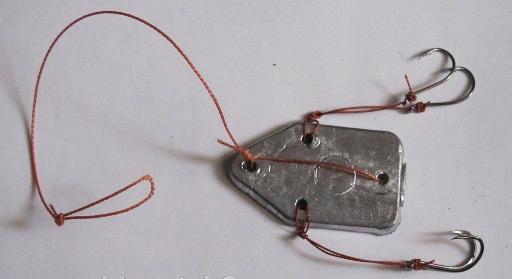
A convenient purchase option is a sinker with a strap for fixing the crown.
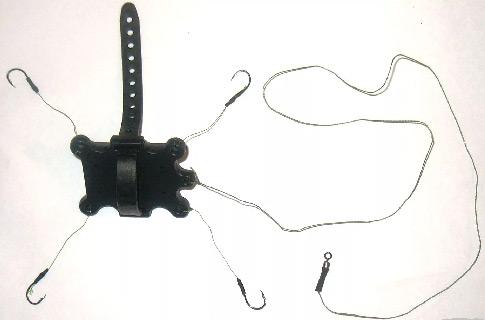
The weight of the sinker is selected based on the casting distance.
For sliding installation
Sliding installation is used mainly in currents, so often the sinker in the lower part, where it comes into contact with the bottom, has irregularities that slow down its movement.
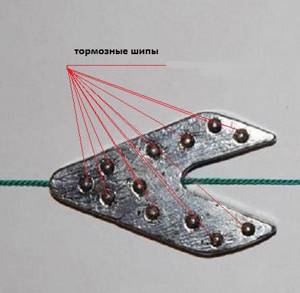
Common shapes of sinkers for sliding installation:
- V-shaped, dovetail;
- ring;
- horseshoe.
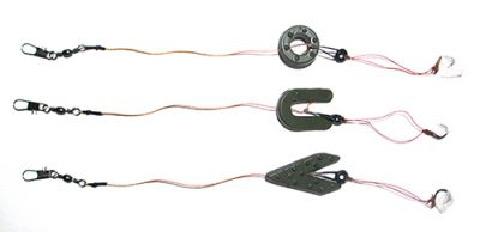
There is a huge variety of different shapes of slip rig sinkers.
The main element in a sliding sinker is a longitudinal channel for passing the fishing line along which the sinker moves.
Two options for attaching the crown:
- The top is pressed against the sinker due to a self-tightening loop. For reliable fixation, cuts are made in the top of the head at the place where the loop is attached.
- A hole is drilled in the center of gravity of the crown. A fishing line is pulled into the hole, to which a clip is attached to hold the crown and tie leashes with hooks.
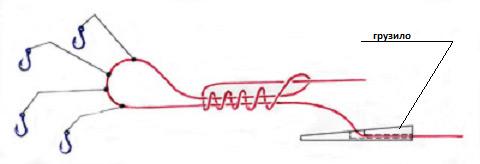
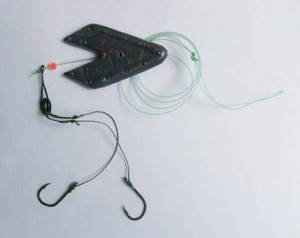
How to prepare bait
As already mentioned, for fishing with a makushat, briquettes of makusha are used, the size of which must correspond to the size of the sinker. The briquette completely covers the load, and the bait looks natural to the fish, which means it does not scare it away.
Stores sell ready-sawn makha in briquettes with additional aromatics, and using it is the easiest option. Those who want to save money buy large circles of ready-made macadam at the market and cut them with a regular hacksaw to the required size. One such circle produces 20–30 pieces, which is enough for several fishing trips.
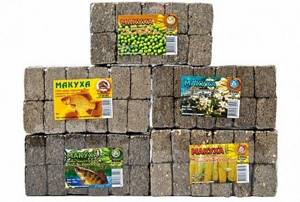
The fish do not always bite only on a completely soaked briquette; bites happen even earlier and one piece of briquette is used many times, it all depends on its condition and density. So fishing with a makushkat is rightfully considered one of the most budget-friendly, and this is also one of the reasons for its popularity.
The use of store-bought flavored oil cake is not always justified; after all, the smell of natural oil cake is more familiar to fish and it reacts to such bait more actively and without fear. But there is no panacea, and a certain type of makha is chosen for each body of water; you need to experiment and choose the most catchy option.
What it is?
Makushatnik for carp is a fishing tackle that allows you to deliver a piece of cake (makukha) with a sinker and hooks to the fishing point. Sunflower cake is most often used and is obtained by pressing oil production waste.
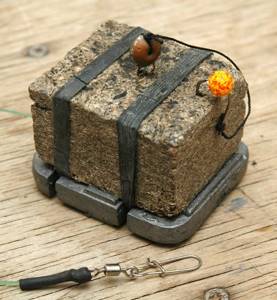
Since the makha itself is very light, a heavy sinker is used to cast it, and thanks to its large size, by the standards of lures, it allows the use of up to four hooks.
Before use, the cake is cut into even pieces, usually with linear dimensions of 4 by 5 centimeters and up to three centimeters in height. Debris with uneven edges and crumbs of top grain obtained after trimming are included in the bait.
In stores and markets you can find both already cut flat cake sticks and semi-finished products. You can cut the top with a sharp, durable knife; if you purchase a particularly hard semi-finished product, the top can be sawed with hacksaws or jigsaws.
When buying cake, carefully inspect it and smell it. Stale poppy seeds smell of rancid sunflower oil and are not suitable for bait and groundbait. The fresh product smells like sunflower oil, the smell of which is very attractive to fish.
Sunflower halva, beloved by many, works well in makushatniks, but it needs to be better secured due to its great looseness.
In addition to oil cake, in recent years, ready-made kits for catching carp on the top have appeared in fishing stores. But domestic fishermen are accustomed to making gear with their own hands.
Advantages of the equipment
The use of a baitfish when catching crucian carp is due to the structural features of the mouthparts of this fish and the way it takes the bait, sucking it along with the hook.
This does not mean that the makuha is unattractive for tench or grass carp with silver carp, but they feed differently and are caught on the makusha rather by chance, that is, they are caught as bycatch.
But the close relative of the crucian carp, as already mentioned, also regularly gets hooked, because he also really likes the delicacy in the form of pressed cake. And the structure of the mouthparts of fish belonging to the carp family is somewhat similar.
Advantages of the equipment:
- Possibility of use both in current and still water;
- simple installation;
- attractive to fish at any time of the year except winter;
- possibility of long-distance fishing;
- low cost.
To fish with a spinner, you don’t need expensive feeders or carp rods; a telescopic blank and a budget reel are enough.
Sports variety of makushatnik
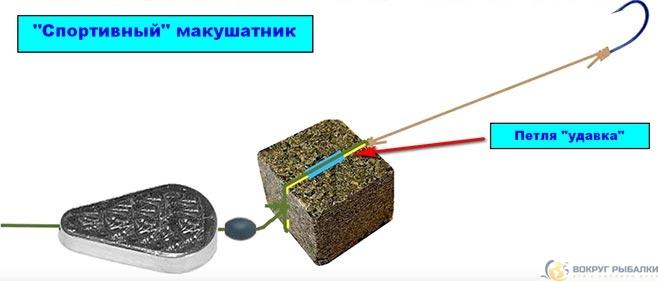
Athletes fishermen do not use a masthead, since multi-hook rigs can cause serious injuries to fish when fishing. But there is another reason why fish are lost during fishing and it is also associated with the large number of hooks used.
Most often, the fish is hooked with one hook, while the rest dangle freely next to the load and, when fishing, cling to bottom vegetation and stones. If the bottom of the reservoir is clean, no problems arise, but this rarely happens and therefore fish losses are inevitable if you use the classic installation option described above.
The problem is solved with the help of a special, sporty installation of a fishing rod, in which only one hook is used, and the fishing result is at least no worse than when fishing with standard equipment.
Many amateur fishermen believe that the more hooks they have on their rigs, the greater their chances of increasing their catches. This is a wrong judgment for several reasons.
Firstly, a large fish will definitely be wary at the sight of a bunch of hooks and will prefer not to risk taking the bait. Secondly, after the leader material gets wet, the hooks get tangled and do not catch the fish. Well, thirdly, when fishing for fish with one hook, there is no risk of getting caught on any obstacles.
So a makushka with one hook, conventionally called sports gear, shows even better results than its multi-hook counterpart.
